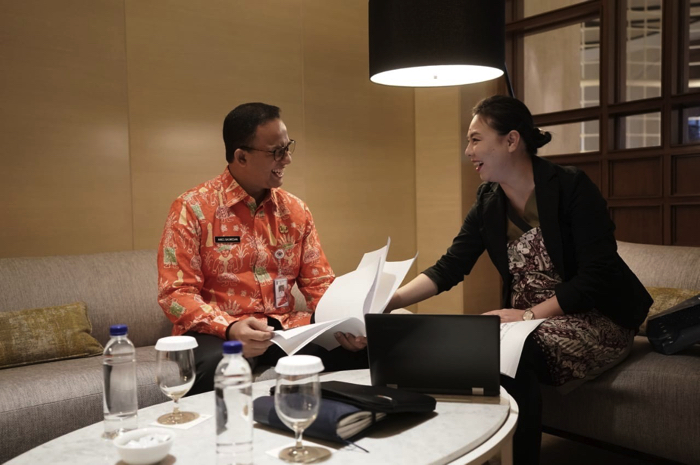- Project Leader : Murakumo Kazumi (University of Tsukuba, Graduate School of Humanities and Social Sciences)
Outline of Research
This research focuses on Indonesian nurses and care workers migrating to Japan under the framework of the Economic Partnership Agreement (EPA) between Japan and Indonesia, which was launched in 2008. With a particular focus on international labor migration policy, the project will use fieldwork to carefully analyze the potential influence of the EPA scheme on the development of policies related to the intake of foreign workers to Japan. We shed light on the factors within Indonesia that may impact the migration of Indonesian nurses and care workers, the reasons why such nurses and care workers come to Japan under the EPA framework, and their working conditions in hospitals and care facilities in Japan.
Description
This research seeks to systematically ascertain the current developments and challenges concerning Indonesian nurses and care workers who come to Japan under the EPA, which marked its tenth anniversary in 2018. We begin our analysis by considering the reasons why Indonesian nurses and care workers migrate to Japan.
The research will pursue the following three objectives:
1) Ascertaining a clear picture of the EPA framework by gathering materials at accepting organizations in Japan and dispatching organizations in Indonesia
2) Conducting interview surveys on the state of education at schools of nursing to explore the current conditions of the field of medicine in Indonesia
3) Conducting comparative surveys to investigate the differences that may exist in the working conditions at hospitals and care facilities that accept foreign nurses and care workers, the organizational structures and systems for doing so, and the systems for providing support until national examinations are taken. The results will be applied to identify the issues and analyze the challenges involved.
The intake of nurses and care workers to Japan under the EPA (as potential candidates for Japanese national certification) is regarded as a unique Japanese system of human migration within research topics of human migration, international labor migration, and highly skilled professionals. This research will play a significant role in shedding light on the developments and challenges that have arisen in the ten years following the EPA’s implementation in 2008, and in analyzing the changes, limitations, and restructuring of the scheme. We provide an academic contribution by verifying potential steps toward future policies on accepting foreign workers in Japan.
This research will shed light on the question of why Indonesian nurses and care workers migrate to Japan, thereby opening the way for investigating the potential roles that the EPA may have to play in the development of policies for accepting foreign workers in Japan. It also seeks to develop a “model of training and labor for utilization in workplaces” at accepting hospitals and care facilities, which has been noted in previous research. We anticipate that this research will provide scholars and interested parties both in and outside of Japan with insights into Japan’s stance toward the intake of foreign workers and progress in research on migration.
 The ceremony and orientation for the EPA batch 12 in Jakarta (Provided by BNPPTKI) |
 Discussion about my research with the Governor of Jakarta. Anies Baswedan (Provided by Anies Baswedan) |
